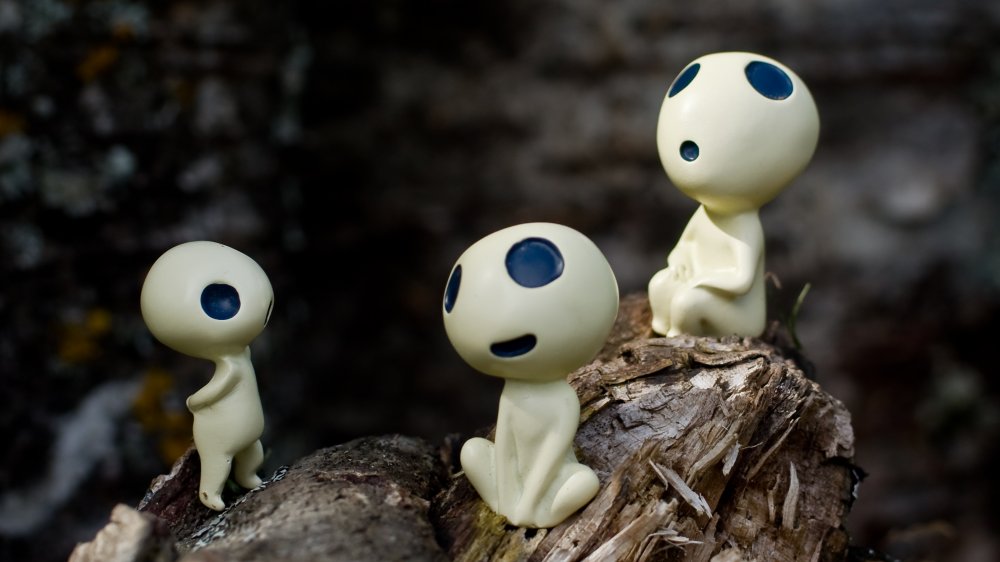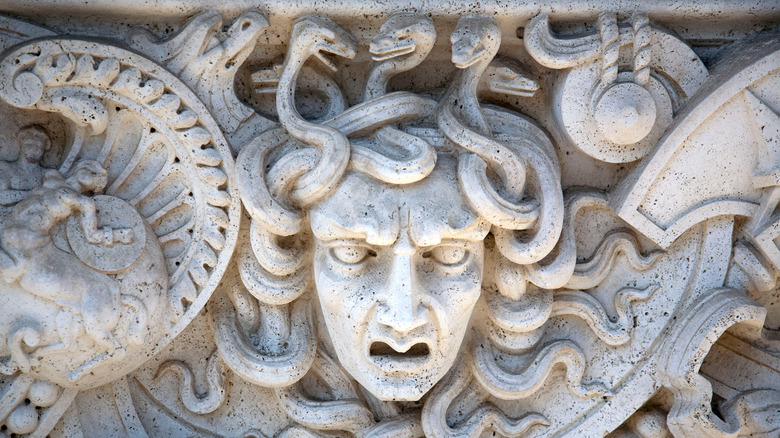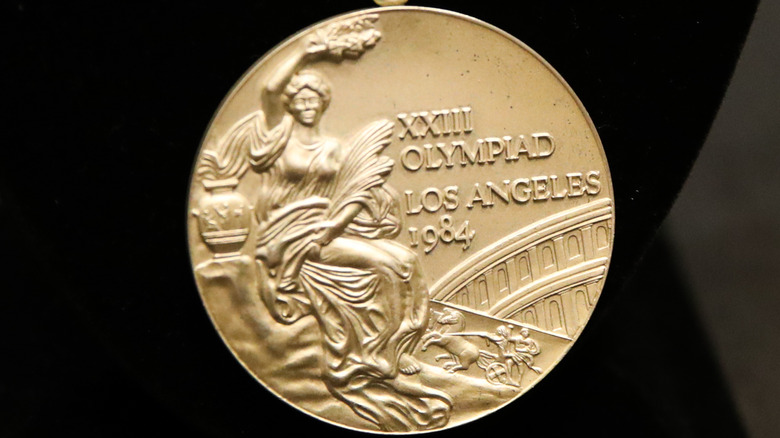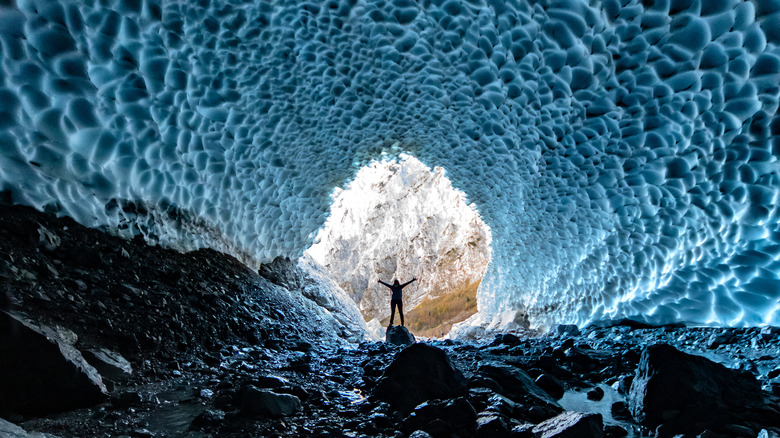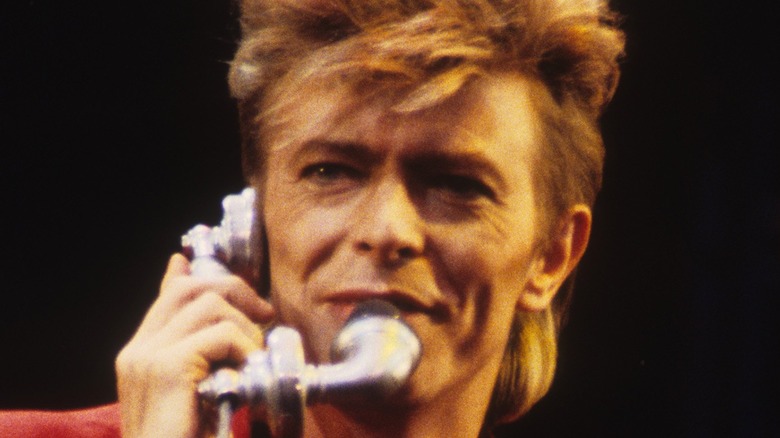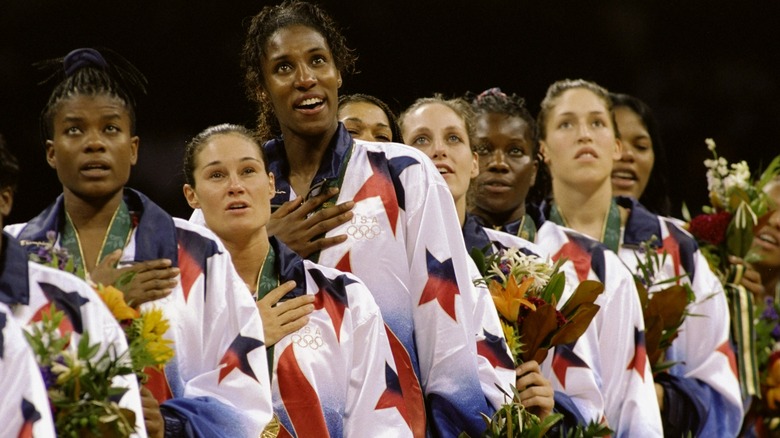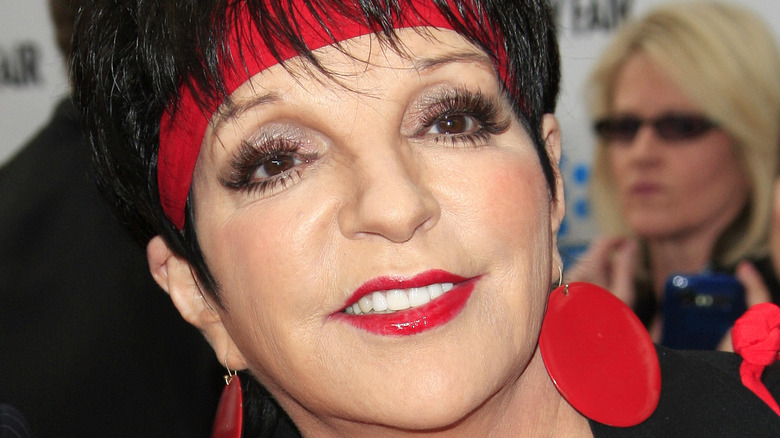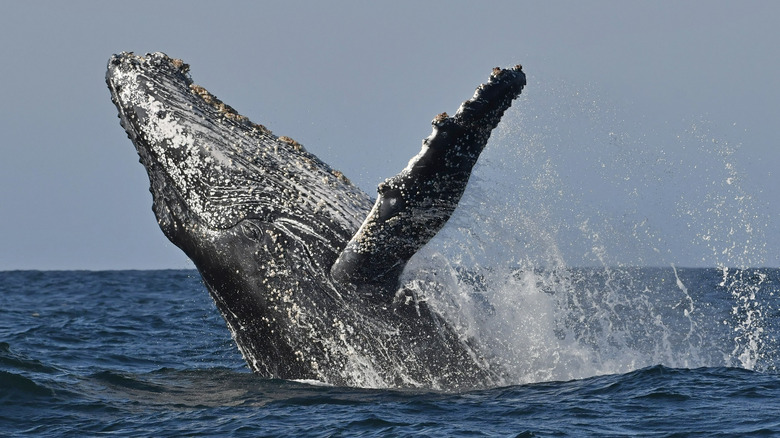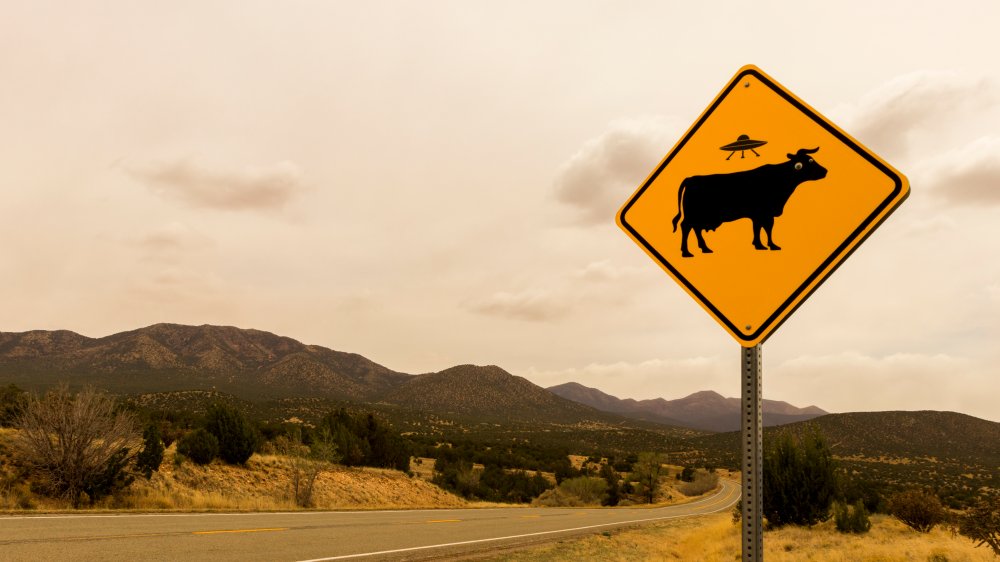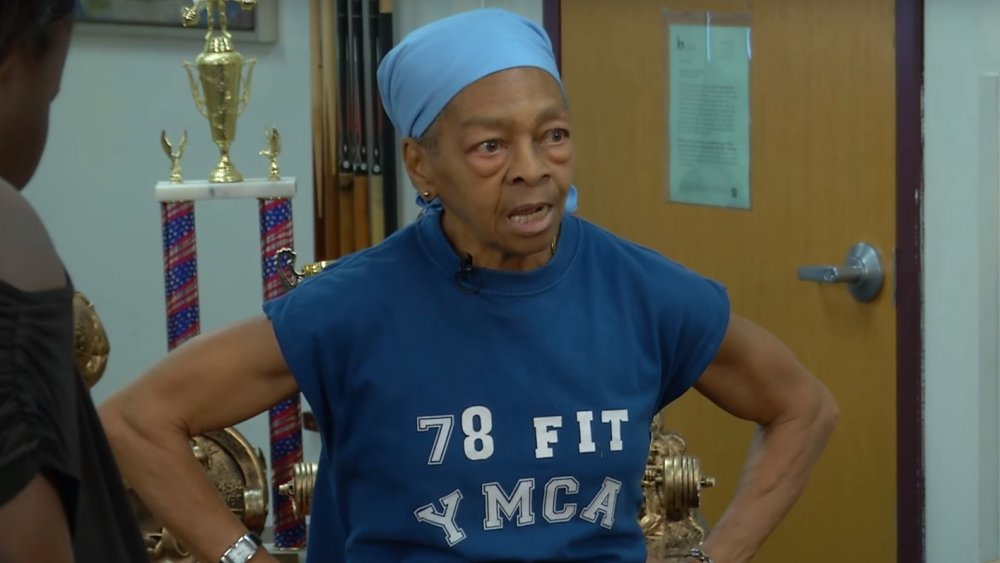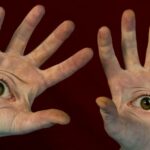
Why Japanese Yokai Monsters Will Keep You Up At Night
Lady Gaga likes the word monster, and frankly, the word’s been pretty good to her in return. “Monster,” back in 2009, and “You’re All My Little Monsters” which showed up on The Simpsons in 2012, relates New Music Express, and “Little Monsters” as a term of endearment for her fans. “The Monster Mash” gets plenty of airplay in October, and various incarnations of The Addams Family over the decades include, arguably, monsters. You’d think Americans, as a society, would have kind of a lock on an attachment to and celebration of all things monstrous. (According to The Atlantic, Americans spend around $7 billion dollars on Halloween every year. It’s not all going to candy corn, folks.) Monster trucks. An energy drink. Honestly, it just doesn’t end.
Yet for all of that — and there’s a lot — as a culture, Americans can’t hold a candle to the Japanese when it comes to all things monstrous. In Japan, you’d hear the word yokai (妖怪), a catchall for all manner of unnatural beings: ghosts, phantoms, demons, monsters, or goblins; “mystical creatures that possess unexplained powers, physical characteristics or strength,” according to Motivist Japan. You know — those.
Motivist explains that centuries ago, yokai mostly referred to, shall we say, the unexplainable. They weren’t even given physical representation — sort of a “shrug, I dunno” understanding of the phenomena that couldn’t be understood.
When it comes to yokai, appearances are deceiving
They arise out of folklore, the “things that go bump in the night,” as the Scotts used to pray, according to the University of Pittsburgh. The Atlantic quotes Michael Dylan Foster, a Japanese folklore scholar at Indiana University Bloomington, who believes some of the creature tales are sort of immigrants, with origins in Chinese legends and from various Buddhist texts.
And there are oh! So many creatures in the yokai pantheon. The Japan Times reports a book titled Yokai Attack! which is a sort of catalog and survival guide. You know — just in case. There listed are any manner of creepy thingies arising from someone’s fertile imagination: the “vicious karasu-tengu, a shape-shifting bird; odokuro, a giant, stalking skeleton; and” — a personal favorite — “akaname, a feral, red-skinned consumer of mildew and dead skin.” (Kind of a multi-purpose loofah? Scrub you, then the shower?)
There are plenty from which to choose, as Japan Talk makes clear. The kappa are river monsters, maybe based on giant salamanders (like that isn’t terrifying enough?). Tsukumogami are another form (so to speak) of shape-shifter — inanimate objects that, come their 100th birthday, not only animate, but become self-aware as well. Rokurokubi look as ordinary as we do during the day, but come nightfall their necks get long — really long. Also, their heads detach and float around. So maybe that thing last night wasn’t really a bat. Maybe it was — naw.
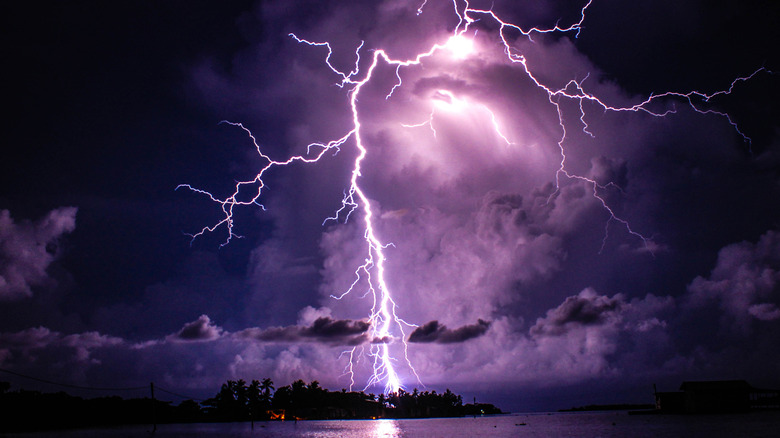
The Truth About Venezuela's Catatumbo Lightning
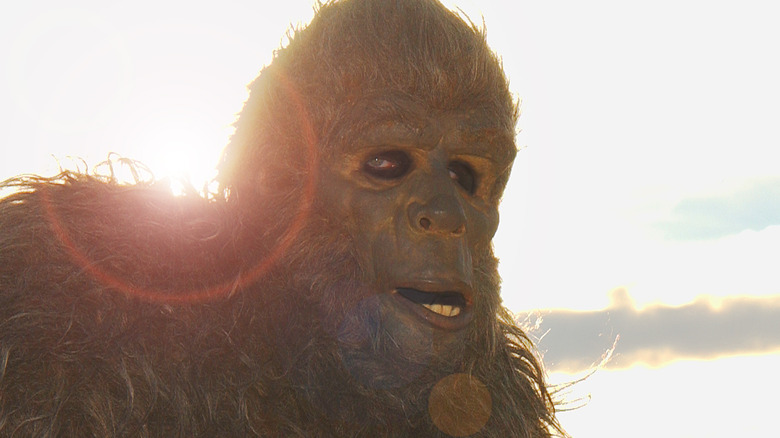
The Crazy Story Of Edmund Hillary's Hunt For The Yeti

Alien Abduction Stories So Convincing You May Believe They're Real
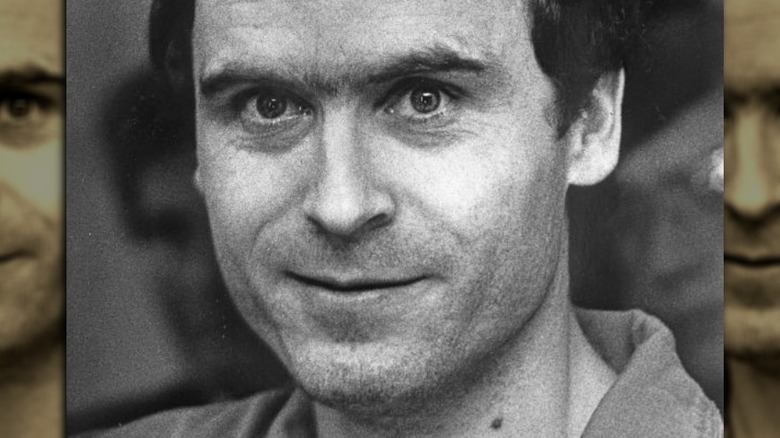
Here's What Happened To The Bodies Of These Serial Killers
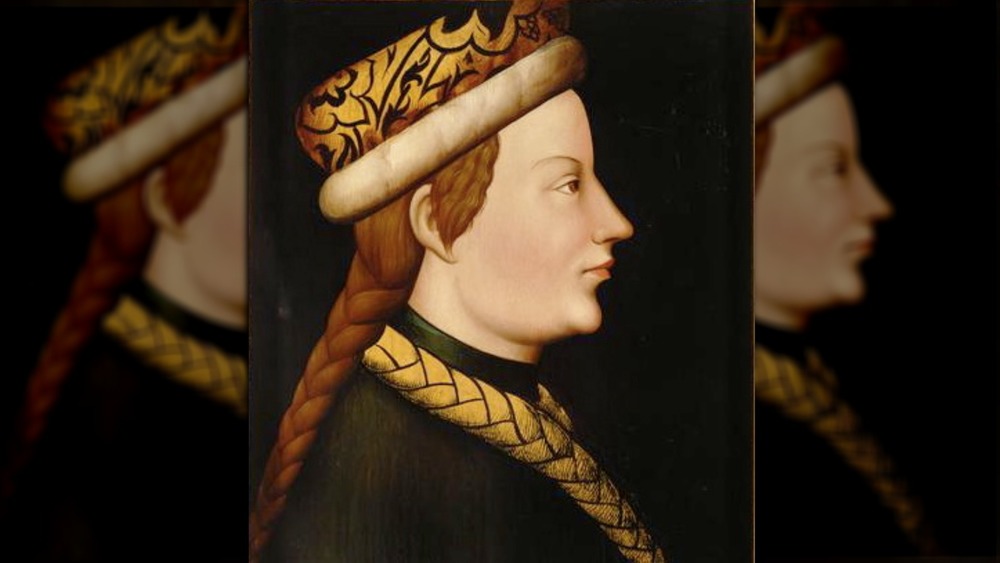
The Stories Behind The Worst Royal Nicknames

The Real Reason Eddie Van Halen Once Put A Gun To Fred Durst's Head
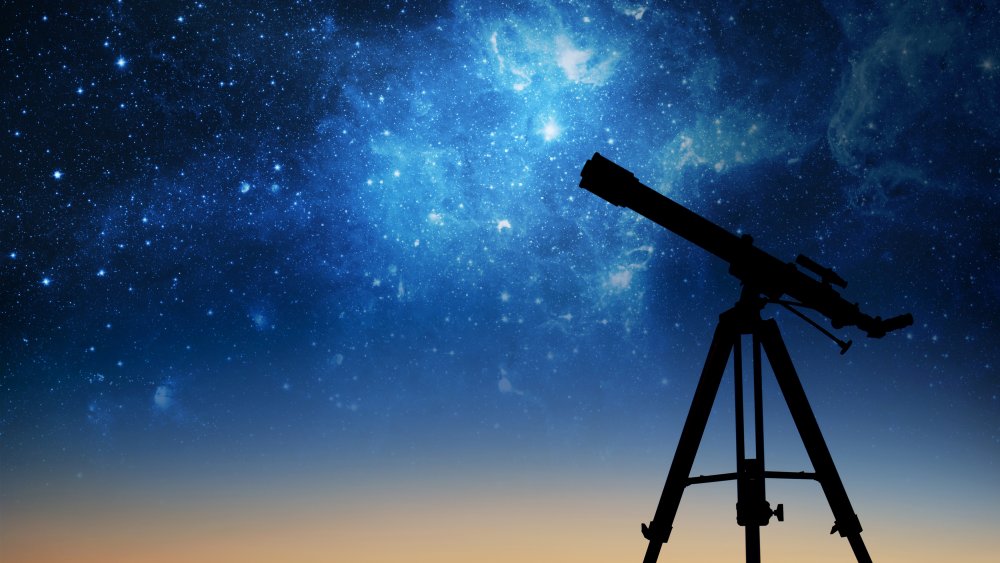
The Truth About Earth's New Mini Moon
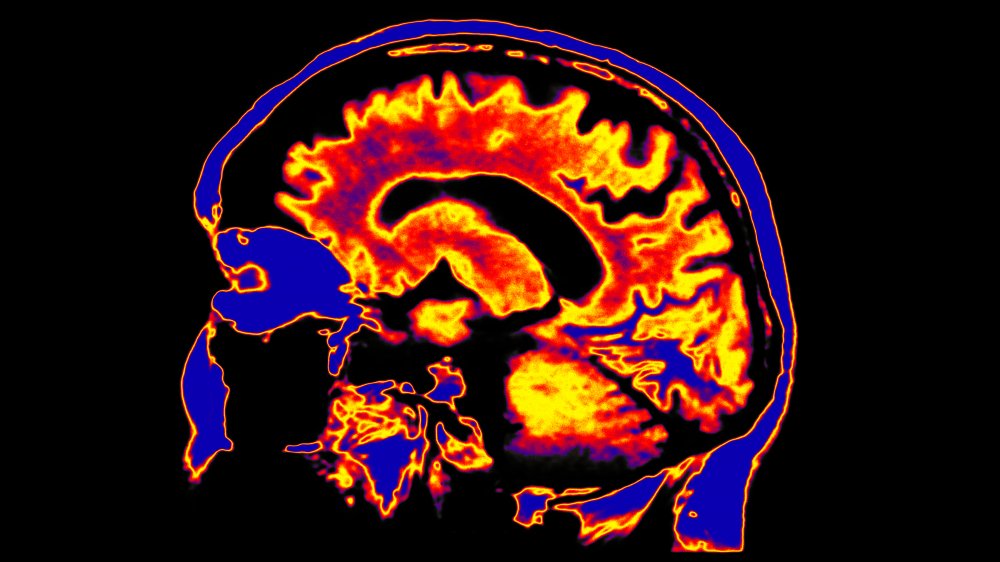
'Fascinating' Study Sheds New Light On Consciousness

Newly Discovered Immune Cell 'May Treat All Cancers'

A San Francisco Man Was Sentenced To Six Months In Jail For Eating Cookie In Rehab
